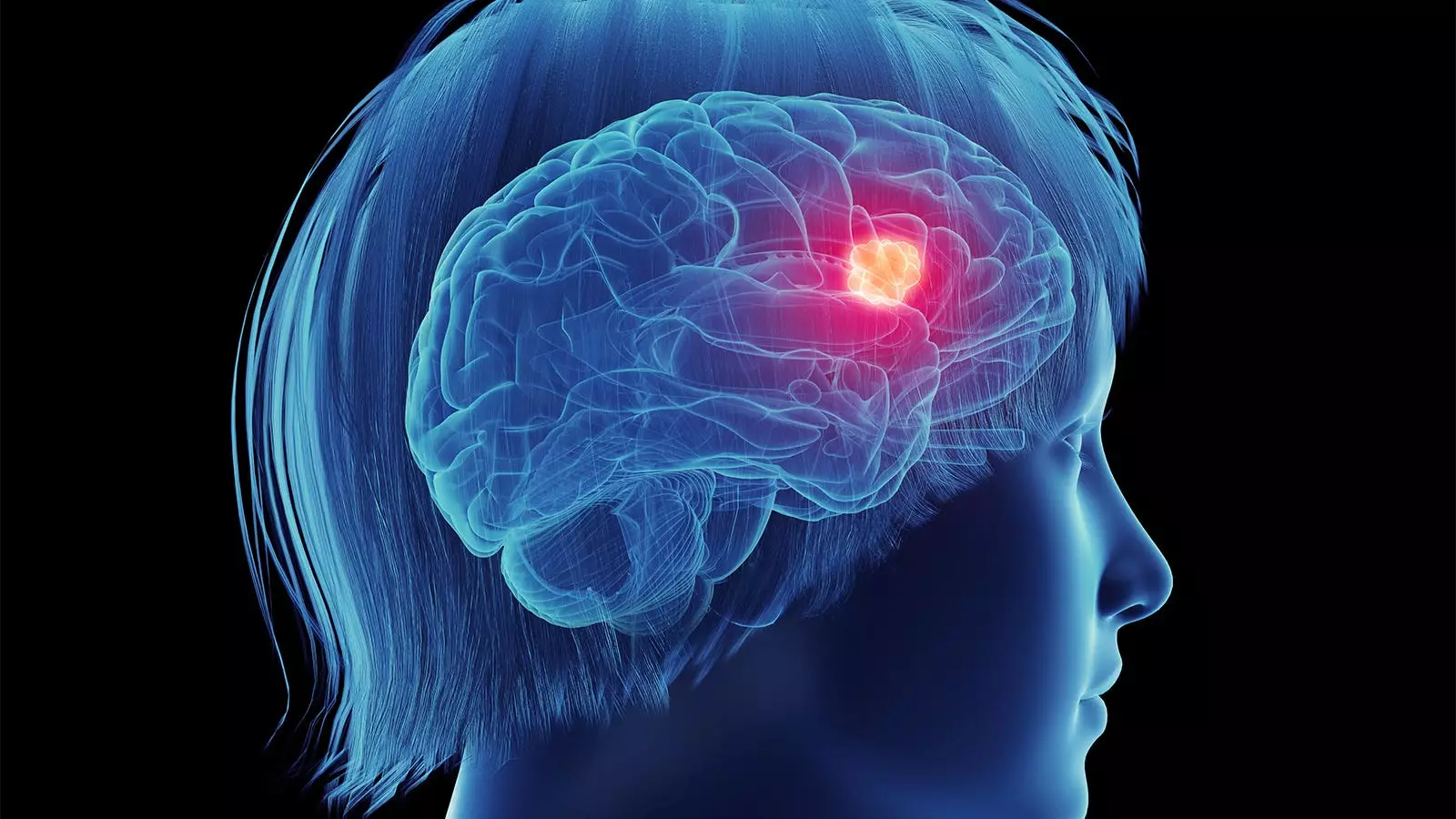The intersection of postmenopausal hormone therapy (HT) and glioma risk has generated considerable debate in the medical community, particularly regarding why women exhibit a higher incidence of these brain tumors. Recent research led by Hui Tang, MD, from North Sichuan Medical College, attempts to clarify this complex relationship. With a large sample size of over 75,000 women, the study found no statistically significant increase in glioma risk associated with HT use. However, questions remain about the sex disparities in glioma incidence and potential factors that have yet to be fully explored.
The retrospective analysis presented intriguing figures: while a 16% increased hazard ratio for glioma was noted among women with a history of HT, the result lacked statistical significance. Additional investigations into the difference between current and former HT users revealed no substantial associations, and there were no notable trends in relation to the duration of HT use. Not surprisingly, a semblance of a connection emerged in the subgroup analysis limited to college-educated women, despite lacking conclusive statistical backing. The absence of consistency across various studies raises critical concerns regarding potential biases inherent in data collection methods, specifically recall bias and the failure to differentiate between types of hormone therapy in retrospective investigations.
Divergent Research: The Ongoing Paradox
The research landscape surrounding HT and glioma is riddled with paradoxes. Numerous earlier studies echo the current findings—that HT does not significantly correlate with increased glioma risk. Yet, those opting for retrospective case-control studies often reported an inverse association. This inconsistency highlights a pressing need for a methodological reconsideration in future research. Women experiencing hormone therapy may possess different risks based on unique behavioral or biological factors, which retrospective analyses may fail to capture adequately.
The authors conclude that more extensive studies with larger populations and varied HT components are essential for painting a clearer picture of this relationship. It is evident that consistency in reporting methods, particularly in how HT is categorized, must be a priority in subsequent studies.
Stephanie Faubion, MD, from the Mayo Clinic, offers her perspective on the matter, suggesting a reallocation of research focus. Given the rarity of gliomas compared to other types of brain tumors, especially meningiomas, Faubion argues for a reassessment of the types of brain cancers studied in relation to hormone therapy. Her assertion places emphasis on the necessity to understand broader disease patterns in women, pointing out that while estrogen’s role in certain patterns may be simplistic, it is essential to consider a comprehensive view that includes various factors affecting glioma and other neurological disorders.
Moreover, Faubion draws attention to the vital issue of sex-based differences in medicine. This concept reiterates a broader recognition within medical research that diseases manifest differently in men and women; understanding these differences is crucial not just for women’s health, but also for effective treatment in the general population.
Hui Tang and colleagues employed data from the Prostate, Lung, Colorectal, and Ovarian (PLCO) Cancer Screening Trial to explore the relationship between HT and glioma further. With a significant sample and an average follow-up of almost a dozen years, the analysis reveals that the hazard ratio for glioma among HT users remains unresolved, settling at a non-significant increase regardless of variables like education and marital status. The need for more nuanced analyses cannot be overstated. There seems to be an overlap of risk factors among various demographic groups, reflecting the intricate nature of health and disease.
In their study, while the majority of participants were white, the inclusion of diverse ethnic backgrounds underscores the study’s relevance but also raises questions regarding race, socioeconomic status, and how these intersect with hormonal influence on glioma risk. Future work must prioritize these diversities to encompass a broader understanding of health outcomes.
The quest to understand the relationship between postmenopausal hormone therapy and glioma risk is ongoing and complex. As the current study reflects, existing data provide only a partial understanding, marked by inconsistencies and gaps that future research must address. It is crucial to ensure that subsequent studies are designed carefully, incorporating larger sample sizes, greater diversity, and clearer differentiation of hormone therapy components. Ultimately, advancing knowledge about glioma, its association with hormones, and the underlying reasons for sex disparities is pivotal for improving health outcomes for women and enhancing our overall understanding of brain tumors.


Leave a Reply